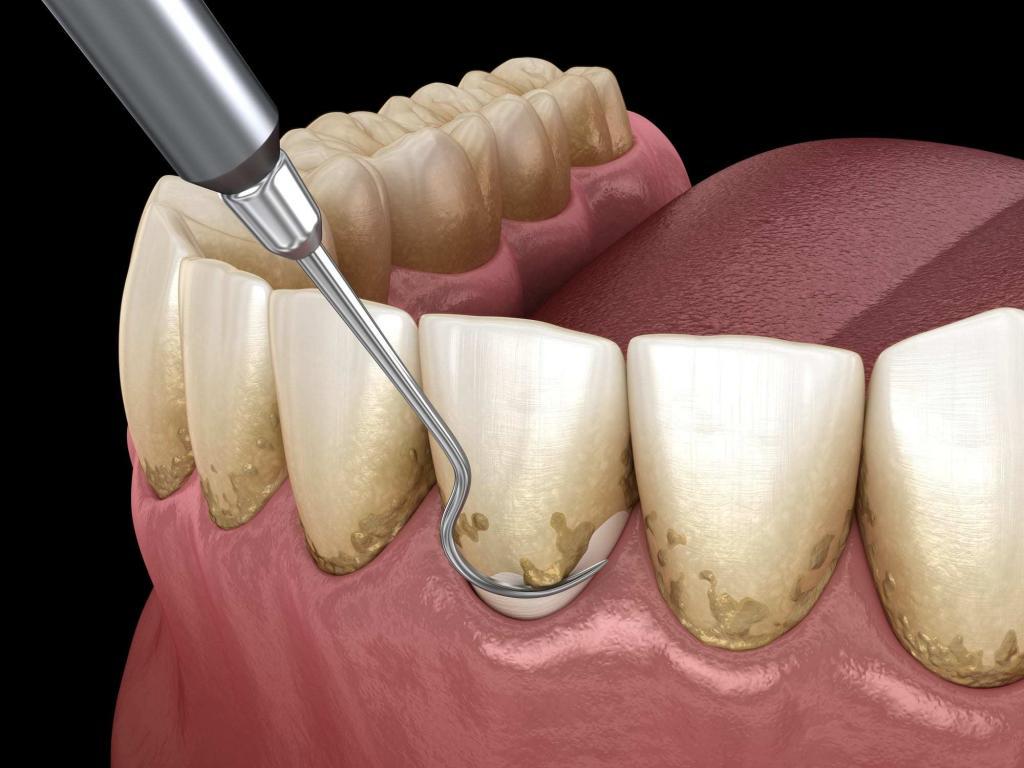
You sit in the chair expecting a routine visit. But then they say “deep cleaning.” It sounds serious. You didn’t feel pain. Just noticed a little bleeding. Maybe some puffiness. But that was enough. Enough for plaque to turn into tartar. Enough for the gums to react.
This isn’t just about the surface anymore. Bacteria has settled below the gumline. Where toothbrushes can’t reach. Where it quietly irritates. Inflames. Builds pockets. That’s when deep cleaning becomes necessary.
Scaling goes below where your brush ever reached
The hygienist doesn’t start with polish. There’s no spinning brush. No minty paste. They start below the gum. With tools made to reach where floss never touches. The process is called scaling.
They scrape off tartar. Slowly. Deliberately. Sometimes with hand tools. Sometimes with an ultrasonic scaler. It hums. It clicks. But it’s precise. The goal isn’t to hurt—it’s to clear. Clear what’s hardened along the root. Clear what’s keeping the gums from healing.
You might feel pressure. Not pain. Or sensitivity, like something sharp brushing against a bruise. That’s normal. That’s part of the process waking up tissue that’s been irritated for too long.
Root planing smooths the foundation
Once the tartar is gone, the roots are smoothed. That’s root planing. It helps the gums reattach. Heals the pockets. Makes it harder for bacteria to return. Rough surfaces collect trouble. Smooth ones give the gums a place to settle again.
This step takes time. And care. The tool glides, not scrapes. The sensation is strange. But it’s necessary. You may not feel better right away. But your gums will have a chance to breathe again.
Numbing is part of it—but you stay awake
Deep cleaning isn’t surgery. But local anesthesia is often used. A gel. A shot. Just enough to keep the session bearable. You’re awake. Aware. But comfortable. Some areas don’t need numbing. Others do. It depends on the depth. The sensitivity.
Sometimes one side of the mouth is treated at a time. Half now. Half later. That lets you chew. Heal. It also allows more focus. More care where it’s needed most.
Bleeding doesn’t mean it went wrong
When the numbness fades, your mouth feels tender. Slightly swollen. You rinse and see pink. That’s expected. Your gums were inflamed. Touched. Cleaned deeply. They’re responding. That bleeding means healing has started—not that something is broken.
You’ll be told to rinse with salt water. Maybe use a medicated mouthwash. Maybe avoid floss for a day. But the instructions are gentle. Not strict. Your mouth just needs time.
Healing begins with how you care afterward
The hours after matter. What you eat. How you brush. You’ll be told to go soft. No sharp chips. No acidic drinks. Brush lightly. Let the gums recover. No aggressive flossing. Just presence.
The gums will begin to tighten again. Slowly. The pockets shrink. The inflammation reduces. Breath smells fresher. Bleeding fades. That’s not coincidence. That’s what healing looks like.
One cleaning won’t fix everything
You may need follow-ups. More than one session. Maybe every three months instead of six. That’s not failure. That’s care. Until the gums are strong enough to hold on their own, they need help. Just like any other part of the body that’s healing.
You’ll be given new tools. A different brush. A water flosser. Interdental sticks. These aren’t just suggestions. They’re the next part of your healing.
The real success is what happens between appointments
Your daily routine now matters more than ever. Two minutes. Twice a day. Flossing, even when your gums feel sore. That’s how you protect what the deep cleaning uncovered. Not just polished teeth—but clean roots. And reattaching gums.
You won’t see the difference right away. But in a few weeks, your gums will stop bleeding. The puffiness will shrink. And the pockets will measure smaller at your next visit.
That’s how deep cleaning works—quietly. Below the surface. Giving your gums a second chance to hold on.
